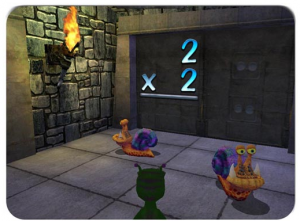MindLeaders http://www.mindleaders.com
My workplace has brought MindLeaders into our organization and is piloting its use with our IT department, so my exposure to this is limited to the past 2 months. MindLeaders is a company that has over 25 years experience designing elearning programs. The courses cover topics from software skills to leadership, from workplace and food safety to programming and network administration.
Market Focus
-Commerical, Government and Educational Sector
Types of Offering
– MindLeaders offers services, content and infrastructure.
– offers over 3000 e-learning courses (software skills, business skills, compliance training, technical training)
– learning platform – central learning management system
– reference library containing over 13000 electronic copies of books
– online mentors accessible 24/7 to respond to learners questions
– tech labs allows learners to practice IT skills in a safe live environment
Who is the Buyer?
-Learning is bought centrally by corporations, government or educational sector for employees or students
Global Markets
-The company is based in Ohio with a global market. In 2007 they merged with ThirdForce a company in Ireland and England. The website indicates they have over 1000 clients in more than 30 countries. I would assume that their global audience would be found only within those countries with solid internet infrastructure. The courses are in English so the learners would need a command of the English language.
Development of the Market
-MindLeaders offers partner opportunities to resell the elearning courses and the learning management platform. As in the case of my workplace, one reason we went with MindLeaders is the economic reason, to send IT staff to off site in class courses is expensive and often involves several consecutive days out of the office. With MindLeaders they can access the courses for a fraction of the price and take as many courses during a year as they like, not to mention read the books in the reference e-library. In this situation, MindLeaders substitutes other forms of learning due to cost. However, MindLeaders also can be seen as working with a well developed learning system to extend the reach and upgrade credentials of employees in such areas as business skills and technical training.


